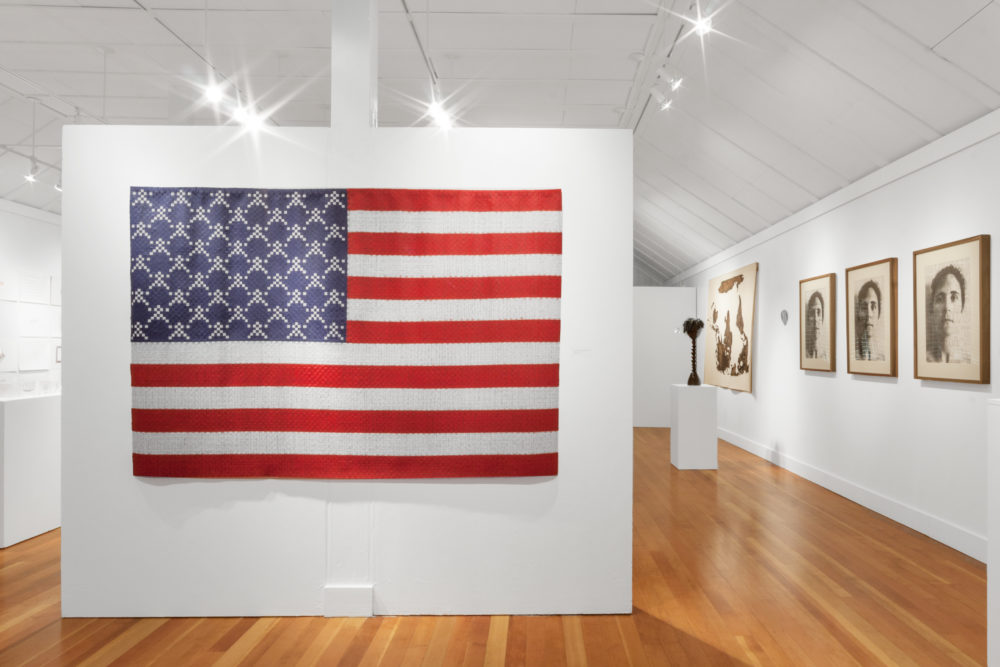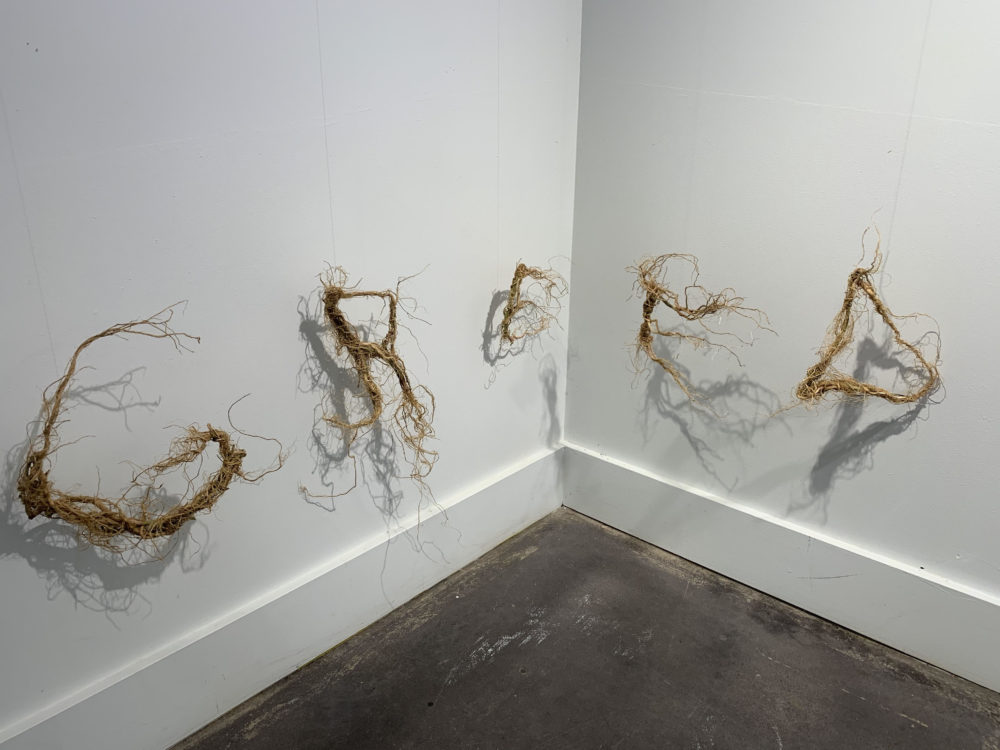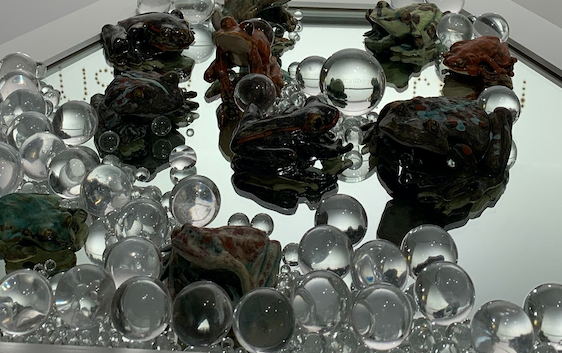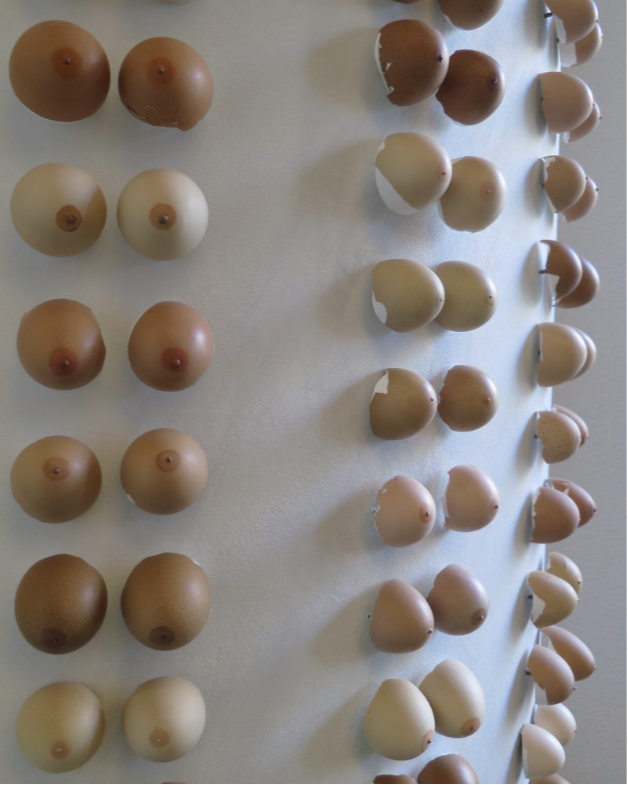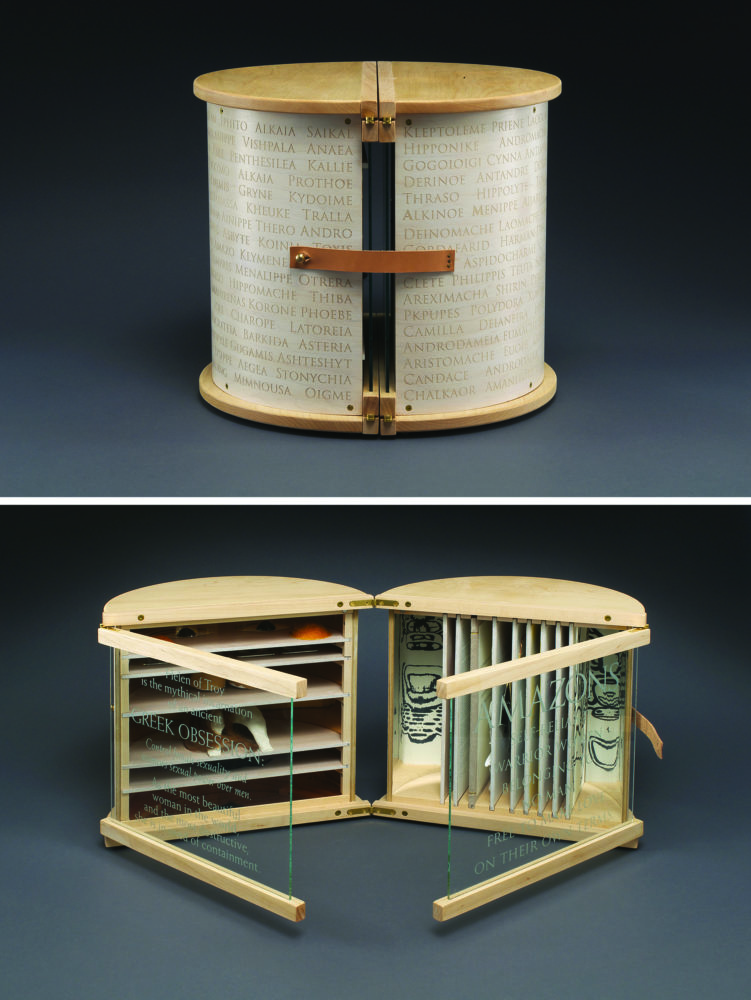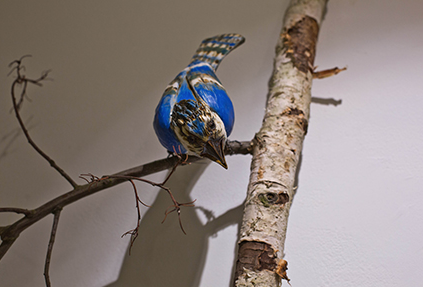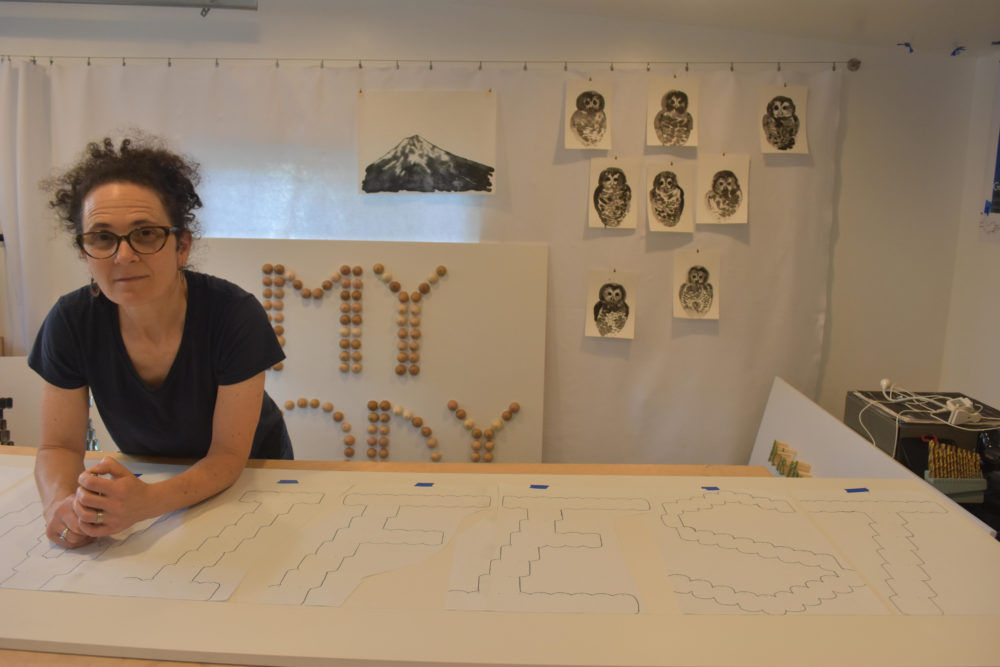San Francisco Bay Area Application
May 1 – June 1, 2025
If you are using a screen reader
and having difficulty, please email
us at info@artadia.org
and having difficulty, please email
us at info@artadia.org

